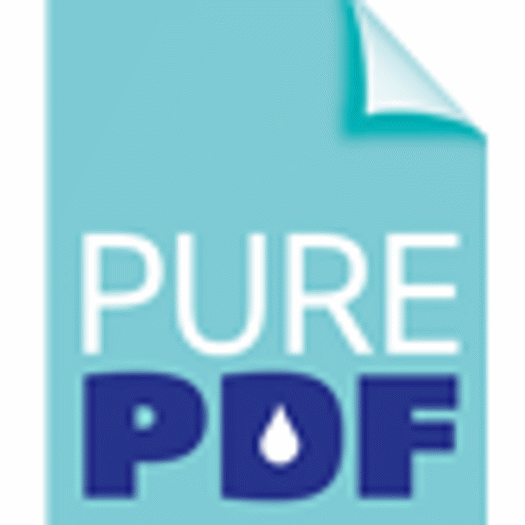XMF is built around JDF from the ground up to enable integration upstream, with client’s and the printer’s business management processes and MIS, and downstream with subsequent production processes. It is also the first commercially available workflow to be based around the Adobe PDF Print Engine (APPE) RIP architecture, making it compatible with Adobe’s latest version of Creative Suite, CS3, from day one. The firms have promised that no lag will occur between CS and RIP functionality with APPE. The new RIP is claimed to be typically three- to five-times faster than current products.
XMF is designed as a cross-media workflow, so is RGB-based, but supports CMYK. It supports conventional and digital print, for press-independent production, with the ability to split a job across different machines, or swap from one to another right up to the last minute, thanks to a new imposition engine that uses JDF stripping; pages, press, paper and finishings are all defined in separate layers making changes to any parameter possible.
Proofing includes a neat 3D proof option to show clients what the finished job will look like along with a range of tools for checking file fidelity at different stages of the workflow.
XMF is available in three versions. XMF Prepare is for file preparation and tuning that can sit in front of an existing workflow. XMF Producer also includes the imposition and proofing tools so can sit in front of an existing RIP and XMF Complete, which is a full workflow that includes the APPE RIP.
SPECIFICATIONS
• Type: pre-media production workflow
• Colourspace: RGB
• RIP: Adobe PDF Print Engine
• Platform: Windows Server
• Clients: Mac or PC
• Options: Prepare, Producer or Complete
• Pricing: modules from £8,000, but depends on the number of seats
Contact: www.thefutureofworkflow.com
Star product: Fuji XMF workflow
From being near the back, Fuji has taken the technological lead of the workflow race with the release of XMF. At Ipex, this time last year, it announced that it was working on a brand new workflow using state-of-the-art technology. Now it has made those ideas a reality.








